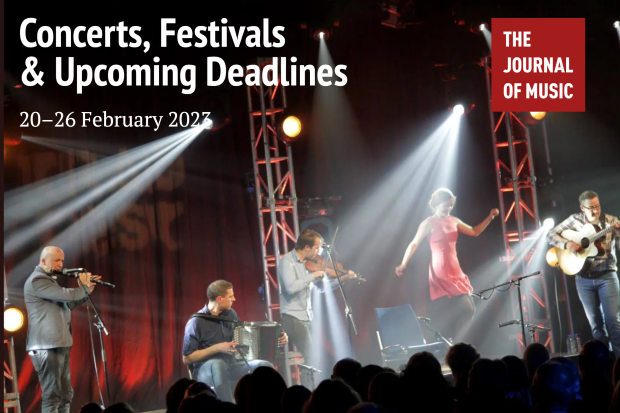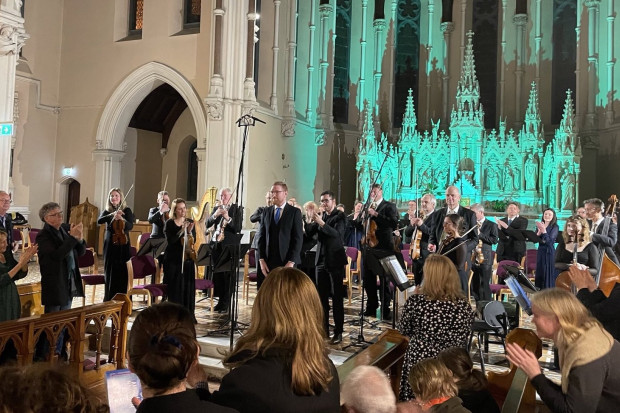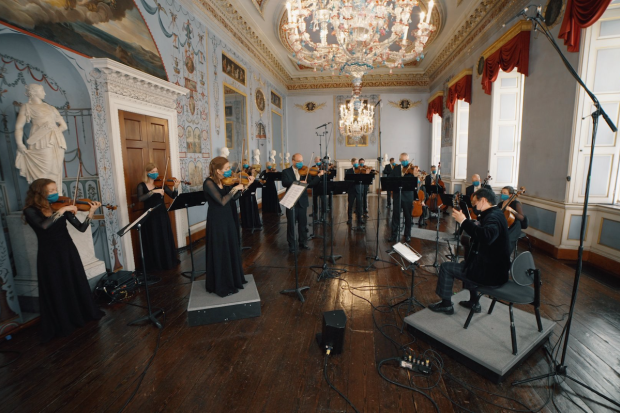
All to Play For
It’s light, tentative and short, but I listen closely to every word. I’m talking about the moment at the end of a concert, when a member of the audience approaches you. The conversation is about making a connection beyond the stage rather than discussing anything in detail, but that immediate period post-concert is a raw moment for a performer; even a few words can stay with you.
‘You know, my daughter used to play violin, I wish she had kept it up. It’s a wonderful thing to be able to do. I sent her because I went to lessons as a child, but I didn’t enjoy it and I stopped, it’s such a wonderful thing to be able to do, so I wanted her to play. She’s so musical, I’m hoping she’ll come back to it, it’s such a wonderful thing to be able to do, do you enjoy it, it’s such a…’
The words ran out so fast that it was only in the days and weeks afterwards that they bobbed around in my mind again. Music. Lessons. Regrets. They never seem too far away from each other. Her words may seem like a compliment – prompted as they were by a performance – but they are equally a criticism of the musical world of which we are all a part.
Here is what we know: of the children who begin music lessons this year, only a small number will still have music-making as part of their lives as an adult. It is a disquieting situation given the time, money and effort that go into music lessons from teachers and parents, but it is not something that we publicly discuss.
Sticking with it
Why do so many stop playing, and why do some stay with it? In the recently published Music, Health & Wellbeing, Professor Eugenia Costa-Giomi of the University of Texas writes that the children who persist with music are usually of a higher socio-economic status. Furthermore, she presents research that says that they are higher academic achievers – and it is not playing music that made them smart. The evidence for the ‘Mozart effect’ is thin – music lessons can improve performance in cognitive abilities tasks, but the improvements are small and temporary. Music lessons don’t in themselves improve IQ, not in the short-term; research shows that music – as it is currently taught – attracts people who are already quite clever, and they are the people who stick with it.
To some, this may seem normal – music is challenging and requires work: no work, no music – but what Costa-Giomi is pointing to is disturbing. Music education structures, methods and paths of progression are obviously still so soaked in the ethos of a time when music education was provided for elites that even today anyone else is still flotsam on the waves, bashing endlessly up against its stone-wall quay until eventually they are worn down and sink.
It is not, as Costa-Giomi concludes in her essay, enough to be ‘simply providing music lessons’ – which is what current state policy often amounts to in Ireland – but about the type of music education that is being provided, and the support that children receive.
This is a pivotal and urgent challenge to music, to consider, when faced with a child who is not engaged by music, how the entire edifice of education is structured and how it must be changed to work for all children.
Rifts in the edifice
Challenging this ethos leaves one open to accusations of ‘dumbing down’, and suggestions that we could never have a Daniel Barenboim, a Marin Alsop or a Nicola Benedetti without the traditional musical pyramid, with all tuition aimed towards reaching the top of the pile. Current structures produce artists that enrich our lives enormously, but this argument misses the point: it is not about one system over another.
There are growing examples of musicians and educators who are evolving new ways of teaching and a broader and more inclusive range of goals: American fiddler Mark O’Connor has developed the ‘O’Connor Method’, an inventive approach to string playing that aims to create musicians versed in all aspects of American violin playing, from classical, folk and Latin to jazz, rock and ragtime; El Sistema, of course, the great social movement from Venezuela, gives children from disadvantaged areas intensive tuition for orchestral playing – recently rolled out in Scotland and England, it will shortly reach Northern Ireland.
Inspired by El Sistema, the Irish Chamber Orchestra’s ‘Sing Out With Strings’ programme provides weekly workshops in singing, song-writing and violin for children across Limerick City; Musical Futures in the UK motivates students in schools by teaching them the music that they want to learn and then builds on that interest to expand their musical knowledge; traditional Irish music, inspired by Muiris Ó Rocháin and Scoil Samhraidh Willie Clancy, has developed a network of annual summer schools that provide young musicians with a year-round focus; and since 2005, St Agnes’ Primary School in Crumlin, Dublin, has provided all 400 children including those with special needs with a free weekly violin lesson and have formed a school orchestra; now the children’s parents and grandparents (many of them complete novices) have come together to form a Parents’ Orchestra.
Music Generation, Ireland’s national music education programme, is building on the diversity of local music services. Now in nine counties and growing fast, it suggests an exciting and positive future for music education in Ireland.
But these examples above are on the periphery of our dominant system of music education. What I could have said to that lady at the concert was this: unfortunately, general music education hasn’t caught up with the extraordinary diversity and creativity in human musical expression yet, and it probably never will. Knowing that, we should never let it stop us playing.
Published on 14 February 2014
Toner Quinn is Editor of the Journal of Music. His new book, What Ireland Can Teach the World About Music, is available here. Toner will be giving a lecture exploring some of the ideas in the book on Saturday 11 May 2024 at 3pm at Farmleigh House in Dublin. For booking, visit https://bit.ly/3x2yCL8.















